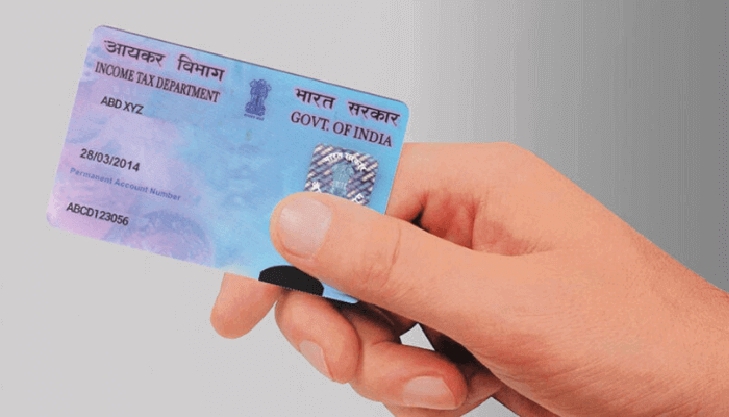PAN 2.0

Why Implement PAN 2.0?
Broadcasting Minister Ashwini Vaishnaw noted that industry stakeholders have repeatedly requested a common business identifier to simplify interactions with different government agencies. The PAN 2.0 Project intends to address this concern by adopting the PAN as the universal identifier.
How Does the New System Affect Businesses?
For businesses that need a PAN, the new system means less paperwork since the PAN will act as a unified identifier across various government platforms. This change enhances coordination with different agencies, including financial institutions and state departments.
1. Will Current PAN Card Holders Need to Apply for a New PAN?
No worries here! Existing PAN holders will not be required to reapply for a new PAN under the PAN 2.0 Project. Those with older PAN cards that lack QR codes can choose to request a new card, but it’s completely optional. The government has assured that all existing PAN cards will continue to be valid even post-upgrade.
The PAN 2.0 Project marks a significant step forward in simplifying financial interactions for individuals and businesses alike, making it an initiative worth looking forward to!
2. Will the Older PAN Still Be Valid?
Absolutely! Existing PAN cards will remain valid even if they don’t have a QR code. The PAN 2.0 Project is focused on enhancing the PAN system and introducing QR-enabled cards, but rest assured, older cards will still work perfectly well.
3. How Will the New PAN Be Delivered?
The new electronic PAN (e-PAN) will be sent directly to your registered email address at no cost in an effort to promote a paperless approach. If you prefer a physical PAN card, you'll need to make a special request. There’s a fee of Rs 50 for domestic delivery and Rs 15 plus actual India Post charges for international delivery. Remember, a new PAN card will only be issued if you specifically ask for it, as upgrading is not mandatory.
4. Can I Make Corrections to My PAN?
Yes, current PAN holders will have the opportunity to correct or update their information—like name changes, spelling corrections, or address updates—at no cost once the PAN 2.0 system is in place. In the meantime, users can take advantage of an Aadhaar-based online facility to update details such as their email and mobile number for free via designated online portals.
5. What’s the Cost for PAN Services Under PAN 2.0?
There’s good news for taxpayers! There won’t be any charges for PAN services under PAN 2.0, unless you specifically request a physical delivery of the new PAN card. This includes the new PAN cards featuring additional benefits, like a QR code.
6. What Is the Common Business Identifier?
The Common Business Identifier (CBI) is a key component of the PAN 2.0 initiative. Its purpose is to provide a single identifier that businesses can use across various government platforms. This aims to simplify interactions with entities like financial institutions and state departments by cutting down on paperwork and enhancing coordination, with the PAN itself serving as the CBI.
7. How many PAN cards have been issued by the Income Tax Department to date?
So far, approximately 78 crores of PANs have been issued, with 98% belonging to individuals. However, the Income Tax Department hasn’t yet shared detailed information on the application process or timeline for the full rollout of PAN 2.0.
The Benefits and Features of PAN 2.0
The new system comes with a host of benefits, including:
QR Code Validation: The QR code, which has been part of PAN cards since 2017-18, allows for the validation of PANs and their details with a dedicated reader application.
Unified Portal: A single online platform for all PAN-related services.
Enhanced Security: Incorporation of QR codes and mandatory PAN Data Vaults for improved cybersecurity.
Quicker Services: The project focuses on providing speedy, cost-effective, and eco-friendly services while enhancing grievance resolution.
Reduction of Duplicate PANs: The enhanced system features advanced algorithms to identify and reduce duplicate PANs. Those holding multiple PANs are encouraged to deactivate the extra PAN as per the Income-tax Act of 1961.
